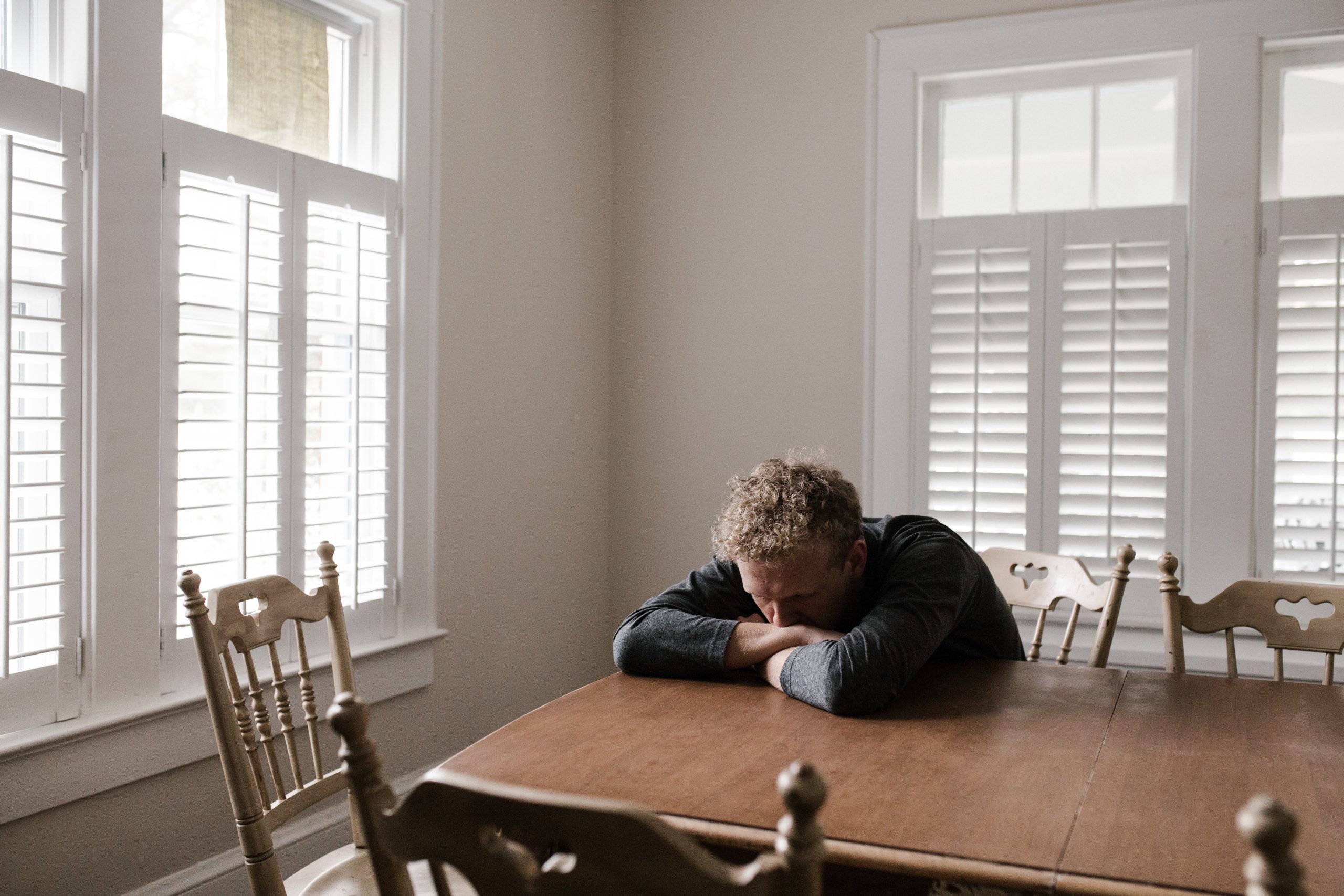How Can I Manage My Anxiety?

By Linda Rodgers
Anxiety doesn’t feel very good. It can feel as if you’re in danger all the time, or you suddenly get terrified about something that may or may not happen in the future. You can actually feel anxiety in your body. Maybe you feel it in your chest or the pit of your stomach—you get butterflies or feel nauseous. Or you start breathing quickly and your heart races, and then those “what-ifs” and other negative thoughts flood your brain.
Sound familiar? Recognizing what anxiety feels like is helpful. Think of it as your body’s way of telling you something before your brain can catch up. Sometimes it can protect you or focus your attention, but when it is sending an alarm for no reason, you can short-circuit it by finding a few strategies that work for you.
Try these techniques to see which ones are helpful and calming.
Ground Yourself
Look around the room and pick:
- Five things you can see
- Four things you can hear
- Three things you can touch
- Two things you can smell
- One thing you can taste (even if it’s a swig of water from the bathroom tap)
This is great to try when your thoughts and worries start to spin out of control. It focuses your mind and body on the present moment, and it can actually feel like you are bringing yourself back down to Earth after floating around in your anxiety.
Do Focused Breathing to Calm Your Nervous System
Your breath can become shallow when you feel anxious. You may feel like you’re trying to breathe out of a straw, which can turn into panic. You can disrupt that pathway by calming your breathing, which has the benefit of both calming your body and telling your brain that everything is actually OK.
Triangle and box breathing are two ways to let your nervous system know it can come off high alert.
Triangle Breathing
- Breathe in for three counts (one side of the triangle).
- Hold for three counts (the other side).
- Breathe out for three counts (the bottom of the triangle).
Box Breathing
- Breathe in through your nose as you count to four.
- Hold your breath for four counts.
- Breathe out through your mouth for four counts.
- Hold for another four counts.
Use this video to practice box breathing.
If breathing works for you, try this alternate nostril-breathing technique or find more breathing exercises here.
Focus on Touch Points
If focused breathing doesn’t work for you or you live with asthma or another condition that affects your breathing, try this mindful practice instead.
- Sit on your bed or a chair with your feet on the ground.
- Focus on all the points where your body touches something, such as your thighs, back and butt on the chair; your feet on the ground; and your hands and fingers on the arms of the chair or your legs.
- Rotate your focus between all these points. Close your eyes if it helps.
Go to a Calm Place
Find a quiet space, even if it’s just the bathroom. Close your eyes, and picture a calm, safe space. It can be a real place you love or went to as a kid, or a totally made-up place such as a fictional planet. Walk through it, picturing what you see, smell, and hear. Get as detailed as you can and let your mind spend some time in the peaceful setting.
Hold Something Cold
Walk into the kitchen and grab an ice cube. Hold it in your hand. It sounds weird, but it forces your brain to pay attention to what’s going on in your body—your cold hand and the blood rushing to warm it—instead of your thoughts. Not appealing? Grab an orange or something sweet smelling and hold it to your nose. Breathe in the scent a few times, which will force your brain to pay attention to the present moment instead of the future or past.
Do a Brain Dump
It can be helpful to think about anxiety as your brain’s way of trying to solve a problem but getting nowhere with it. You can help your brain by writing out everything you’re worried about. That lets your brain do what it wants to do: think through the worst-case scenarios, which is often helpful in and of itself. It can also help you realize what you can tackle now, what you can leave for the next day, and what doesn’t need to be on your plate right now.
You can do this on a big piece of craft paper, on your phone, or in a journal. Write down all your worries and then look at them. See if there are patterns. Maybe some worries are bigger than others and could use help from someone you trust. If you have a therapist, school counselor, friend, or family member who is a good problem solver, share the list with them so you can brainstorm solutions together.
If you don’t like to write, you can draw your worries. The point is to get them out of your head and onto the paper, where you can look at them and become aware of them. Notice the patterns. Maybe show them to a friend or trusted adult to get their take, which alone may help calm your mind.
Talk to Someone
Think about who in your life will really listen—maybe a friend, your favorite aunt, or a teacher or professor you trust. Let them know you’re having a hard time and you’d like them to listen to you before they offer ways to help.
Try these tips for talking to someone about your anxiety.
All these strategies can help break the worry cycle when you feel yourself being pulled into it. Try them to see which ones work best for you.
If these approaches aren’t helpful or you find you need more support in managing your anxiety, reach out for help. A trained mental health professional can help you get to the roots of your anxieties and give you more concrete ways to work through them. It may be things you picked up on as a little kid or something you feel insecure or self-conscious about now.
A therapist can give you techniques, such as reframing or challenging your thoughts, that are useful for the long term. They can also recommend medication if they think it will be helpful.





